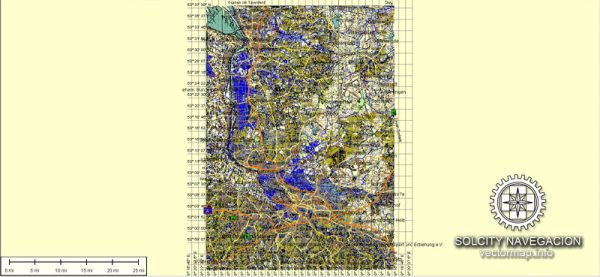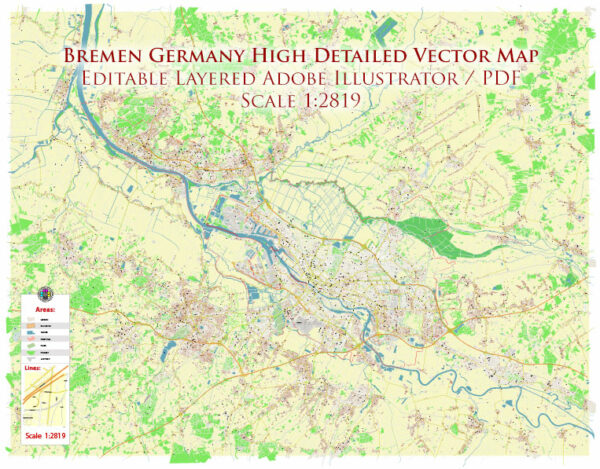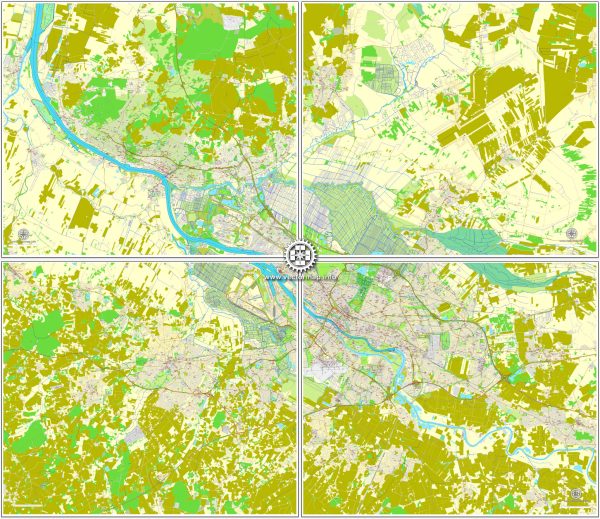Bremen, a city in northern Germany, has a rich history of urban development dating back over a millennium. Its development has been shaped by various historical, economic, and cultural factors. Here’s a brief overview of the history of urban development in Bremen:
- Early History: Bremen’s history can be traced back to the early Middle Ages when it was founded as a trading post around the 8th century. The city was strategically located along the Weser River, which facilitated trade and commerce. Bremen was part of the Hanseatic League, a powerful trading confederation of Northern European cities, during the medieval period. This brought prosperity and influence to the city.
- Medieval and Hanseatic Period: During the medieval period, Bremen became a Free Imperial City and a key member of the Hanseatic League, a maritime trading network. The city’s economy thrived as it engaged in trade and shipping, and its political and economic influence expanded. The city’s architecture reflects this period, with well-preserved medieval buildings, including the iconic Town Hall (Bremer Rathaus) and the Roland Statue, both UNESCO World Heritage Sites.
- Reformation and Swedish Rule: In the 16th century, the Protestant Reformation had a significant impact on Bremen, as it embraced Protestantism. Later, during the Thirty Years’ War in the 17th century, Bremen came under Swedish rule. This period brought about changes in governance and administration.
- Napoleonic Era and the Confederation of the Rhine: Bremen was occupied by the French during the Napoleonic era, leading to significant political changes. It became a part of the Confederation of the Rhine, which was under French influence. The city’s fortifications were dismantled during this time.
- Industrialization and Growth: In the 19th century, Bremen saw the beginnings of industrialization, which transformed the city’s economy. Shipbuilding, trade, and commerce remained central to its development. The construction of the Bremerhaven port on the North Sea further boosted the city’s maritime trade.
- 20th Century and Beyond: Bremen faced significant challenges during World War II, with extensive damage to its infrastructure. Post-war reconstruction efforts led to a mix of modern and historic architecture. Bremen’s airport, Bremen Airport, also played a crucial role in the city’s transportation and connectivity.
- Contemporary Urban Development: In recent decades, Bremen has continued to evolve as a modern urban center. The city has invested in infrastructure, education, and cultural amenities. The University of Bremen and the University of the Arts Bremen contribute to the city’s intellectual and cultural life.
Today, Bremen is known for its vibrant cultural scene, historic city center, and its role as a major center of trade and industry in Germany. Its rich history is evident in its architecture, museums, and the preservation of its medieval heritage, while modern developments continue to shape the city’s future.





 Author: Kirill Shrayber, Ph.D.
Author: Kirill Shrayber, Ph.D.